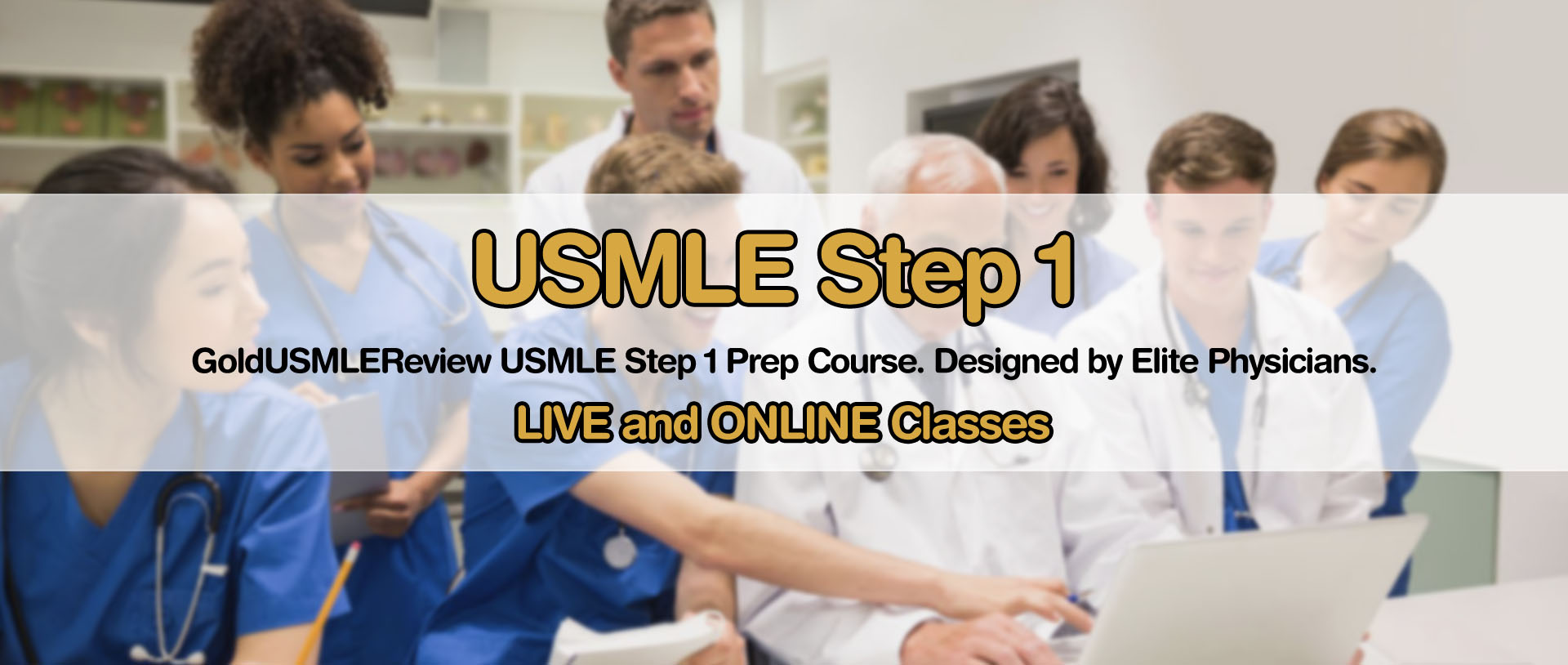

The patient has a history of 2 pregnancies at the age of 15 and 17, which were both terminated in the first trimester. She comes with her husband, who was previously examined for causes of male infertility, but was shown to be healthy. What type of study has been used by the researchers in this example?Ī 26-year-old woman is referred to a reproduction specialist because of an inability to conceive. There is also a synergistic effect between splenectomy and other comorbid conditions in the development of pulmonary tuberculosis. After controlling for all relevant confounders, the results show that splenectomy is associated with a two-fold higher incidence of pulmonary tuberculosis development. The odds of pulmonary tuberculosis development associated with splenectomy and other comorbidities is estimated. Both of these groups are matched for age, gender, and an index year when the condition was initially diagnosed. From the hospital database, they identify 19,000 patients over the age of 20 with newly diagnosed pulmonary tuberculosis, as well as 72,000 patients without pulmonary tuberculosis for comparison purposes.
#Usmle step 1 example questions pro
Students: Educators’ Pro Tips for Tough TopicsĪ group of multidisciplinary researchers from a tertiary hospital decides to investigate whether there is an association between splenectomy and pulmonary tuberculosis.Maternity Nursing and Care of the Childbearing Family.This repetition will help commit it to memory. You will be the most motivated and productive at the beginning of your study period, so this is a great time to focus on those weaker areas.īy starting with your weak subjects, it will also give you more time to review and revisit them throughout the remainder of your study period.
#Usmle step 1 example questions how to
In the previous EZmed post on creating a study schedule, we discussed how to rank your topics from weakest to strongest. You might feel unprepared or as if you lack knowledge by starting with your weak topics, however remind yourself that you are intentionally beginning with the subjects you are less comfortable with. While this may seem obvious, it can be easy to fall into the trap of wanting to review the content you already know as this can be a confidence booster.įor example, if cardiology is one of your stronger subjects but neurology has been a topic you struggle with, then focus on neurology first. The second tip is to study the material you don’t know first. Tip 2: Study the Material You Don’t Know First You may require more or less time, so trust yourself as to how much time you think you will need to prepare for the exam.īonus Tip: Keeping up with the material covered during your first 2 years of medical school will make preparing for the USMLE that much easier. On average, students use 4-6 weeks as their dedicated study period for the USMLE. Your study plan will be used primarily during your dedicated USMLE study period. Your study schedule will help you stay organized and remind you which topic to study that particular day, when to take practice exams, and when to take days off. Make sure to check out that post for example 6-week and 4-week study plans. In the last EZmed post, we walked through how to create a study schedule in 5 steps and how to rank which topics to study first. There are many topics covered on the USMLE, and having a study plan will keep you on a timeline and ensure you prepare for all the content that is tested. The first tip is to create your own study schedule.


 0 kommentar(er)
0 kommentar(er)
